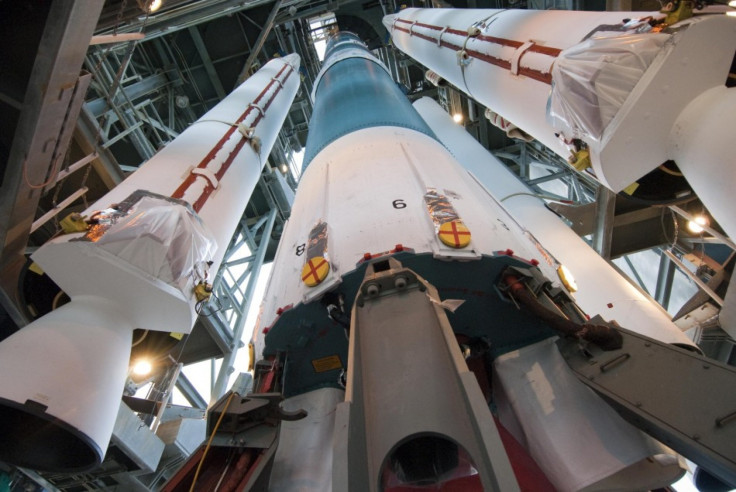NASA To Launch Twin GRAIL Spacecraft to Measure Moon’s Gravity

The moon has fascinated mankind for centuries and has been studied by humans for hundreds of years, but Earth's natural satellite is still shrouded in many mysteries.
To shed some more light on the moon and its history, NASA is set to launch twin spacecraft to map the moon's gravity in exceptional detail.
By creating the most precise lunar gravity map ever, scientists hope to understand better how the moon formed, its evolutionary history and what's beneath the lunar surface all the way from crust to core. The orbiting probes also will help pinpoint the best landing sites for future explorers, whether human or mechanical, reports Associated Press.
The twin GRAIL (Gravity Recovery and Interior Laboratory) probes are set to depart from Space Launch Complex 17B at Cape Canaveral Air Force Station in Florida on Thursday aboard an unmanned Delta II Heavy rocket built by United Launch Alliance.
Once launched, the two washing-machine sized aircraft will embark on a long, tortuous three-and-a-half-month trip to the moon. The Saturn V rocket, which was used to carry NASA's Apollo astronauts, covered the 240,000 miles to the moon in just three days.
However, the small Delta II rocket used to boost the GRAIL twins will take longer but is more economical. The GRAIL spacecrafts will travel more than 2 million miles to get to the moon. The twin probes will travel via the sun-Earth Lagrange Point 1, a gravitationally stable spot between our planet and the sun. This route is energy-efficient and thus helps keep the $496 million mission's costs down, researchers said.
Although the two spacecraft will be launched together they will separate an hour into the flight and travel independently to the moon.
Grail-A will arrive at the moon on New Year's Eve, followed by Grail-B on New Year's Day. Once they arrive at Earth's nearest neighbor, the two GRAIL spacecraft will go into orbit around the lunar poles just 34 miles above the lunar surface. The spacecraft will essentially chase each other around the moon, keeping a tack of the distance between them. This distance will change slightly as they travel, owing to regional differences in the moon's gravitational field. Researchers will study these distance variations to determine the lunar gravity field in precise detail. These subtle changes will also indicate shifting masses below or at the lunar surface: mountains in some places, enormous lava tubes and craters in others, added the Associated Press report.
More information on the formation of the moon and its evolution over billions of years would also help scientist in understanding the solar system's other big, rocky bodies - Mercury, Venus, Earth and Mars - researchers said.
The mission will reveal clues not only into the history of the moon and Earth, but will provide important data for future lunar exploration, said GRAIL principal investigator Maria Zuber of MIT in a statement.
The GRAIL mission also marks the first time students have a dedicated camera on board a planetary spacecraft. The digital video imaging system, called MoonKAM, will offer middle-school students the chance to request photography of lunar targets for classroom study. The project is headed by Dr. Sally Ride, the first American woman to fly in space.
If the launch doesn't go off on Sept. 8, GRAIL will have plenty of other chances. The mission's launch period lasts until Oct. 19.
By the time their science mission ends in late spring, Grail-A and Grail-B will be within 10 miles of the lunar surface. Barring a change in plans, they will crash into the moon.
© Copyright IBTimes 2024. All rights reserved.











